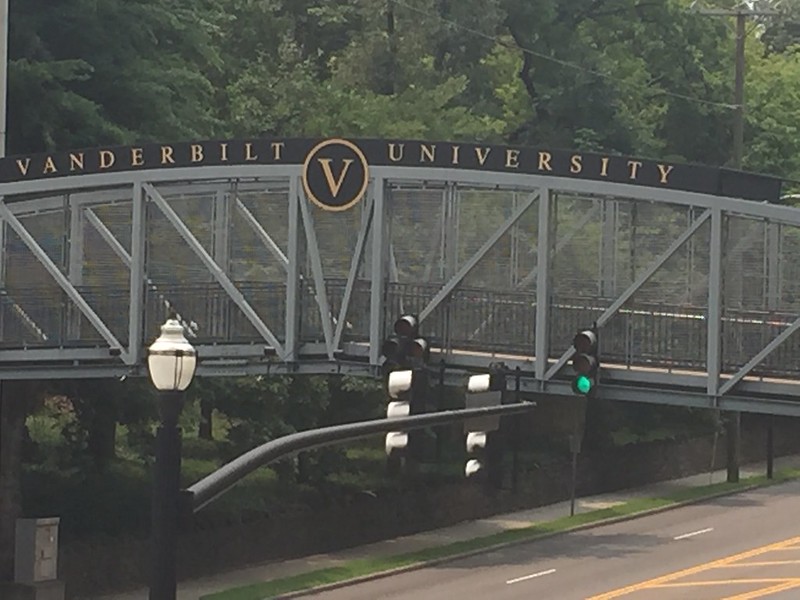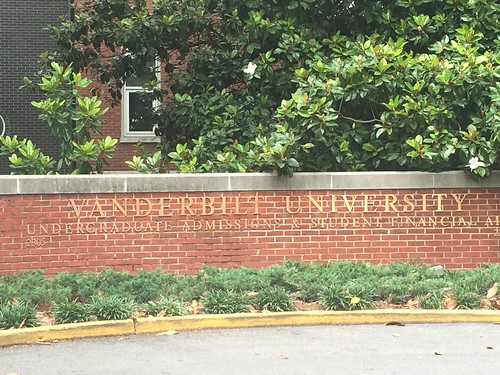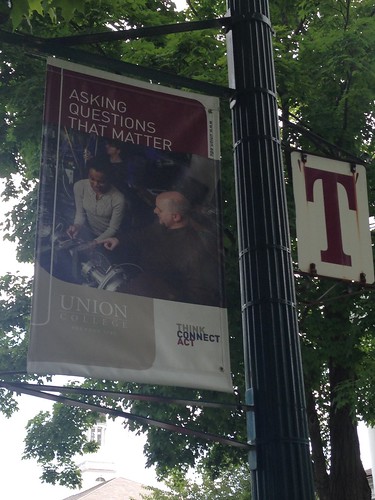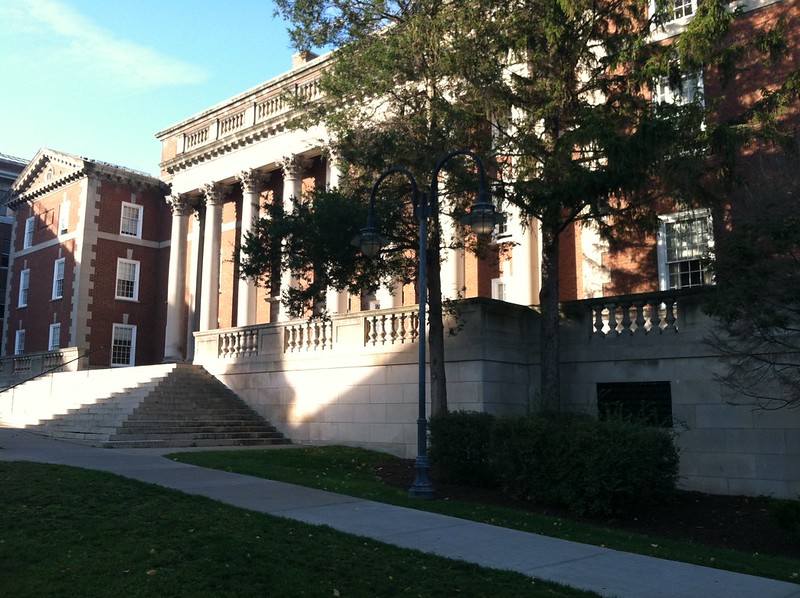[vc_row][vc_column][vc_column_text css=”.vc_custom_1584367451760{margin-bottom: 0px !important;}”]Duke is known as the most prestigious private university in the South, with academic programs to rival those of Stanford and the Ivy League colleges. Founded in 1838 as the Union Institute (later Trinity College), the university got its current name from the Duke Endowment, whose funds came from tobacco farming. As with any college, however, it is important to look beyond the “brand name” to determine if this college is a great fit.
Here are a few quick facts about Duke:

4-year Graduation rate: N/A
6-year Graduation rate: 95%
Acceptance: 10%
Freshman retention: 97%
Freshmen out of state: 88%
Most popular majors: Economics, psychology
Housing:
Students must live on campus for three years. Freshmen live on East Campus in a faculty-led dorm. With its Gothic-inspired architecture, students often compare the accommodations to living at Hogwart’s (get psyched Harry Potter fans!). Sophomores live on West Campus, which includes special-interest dorms. Students may move off-campus as seniors, but many students report that the apartments off-campus “vary in quality.”
Academics:
There are about 6,700 undergrads on this sprawling, woodsy campus. The academics are flexible, interdisciplinary, and emphasize hands-on learning.
The key question for every college-bound teen interested in applying to Duke is, “Do you want to be an engineer or not?” Undergraduates at Duke choose one of two schools, either the Pratt School of Engineering or Trinity College of Arts & Sciences. Duke’s engineering programs, especially electrical and biomedical, are some of the top in the country. Aspiring public servants and future leaders of nonprofit organizations, government agencies, may want to apply for Duke’s Sanford School of Public Policy, which has tons of internships and apprenticeships.
Similar colleges to consider:
Cornell, Dartmouth, Stanford, University of Chicago

Social:
One of Duke’s crowning achievements is that it combines a strong reputation in athletics and academics. Greek life plays a big role, attracting 29% to fraternities and 42% to sororities. If you are concerned about the role of Greek life, definitely ask about its influence during your campus visit.
Durham has a reputation as a foodie haven, and in keeping with that tradition, Duke offers the most lavish dining options of any college campus. Off-campus restaurants, many of which deliver, are also linked to the Duke meal plan.
Two noteworthy opportunities at Duke . . . DukeEngage has a $30 million endowment to support students willing to spend summers working on service projects and nearly a quarter of all undergrads participate in the program. Duke generously provides between $5,000-$15,000 to admitted students for an approved gap year program before students begin freshman year. (Kudos for this program because some teens just aren’t ready to go to college right away, especially after rigorous high school experience. And you know what? That’s OK!)
Financial:
Duke is need-blind, which means that students are admitted, regardless of financial need. Duke meets 100 percent of demonstrated need. Loans are capped at $5K and 67% of students graduate with no loans. Merit scholarships are offered by the university as well, including the Rubenstein Scholars Program for high-achieving, first-generation college students from low-income backgrounds. The average cost of attendance is $74,000 and over half do not pay the full cost.

[/vc_column_text][/vc_column][/vc_row]








